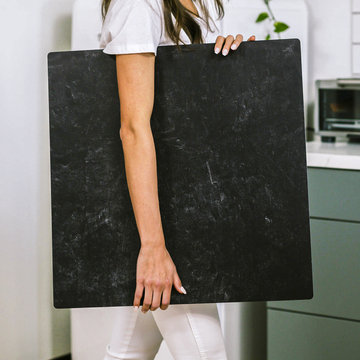Ever snapped a photo of a gorgeous cake only to realize it looks flat, dull, or worse-like it was shot in your kitchen? The culprit might be hiding in plain sight: your backdrop. While most photographers obsess over lighting and props, the right background can make or break your cake photography.
Think of your backdrop as the silent supporting actor in your dessert drama. It doesn’t just sit there-it enhances textures, tames shadows, and even tricks the eye into seeing your cake as more delicious. Let’s dive into the art and science of choosing the perfect stage for your sweet creations.
Why Your Cake Deserves a Better Backdrop
Cakes aren’t like other food subjects. Their height, textures, and delicate decorations demand special consideration:
- The shadow problem: Tiered cakes cast deep shadows that can look harsh on flat backdrops
- The reflection dilemma: Glossy fondant acts like a mirror, picking up colors from bright backgrounds
- The dimension challenge: Most backdrops make cakes look like they’re sitting on a table, not floating in a professional setup
The Texture Solution
Matte, slightly textured surfaces (like Replica’s concrete or linen finishes) solve multiple problems at once:
- They diffuse harsh shadows naturally
- Prevent color contamination from reflecting onto glossy surfaces
- Add visual interest without competing with your subject
Color Psychology: Making Cakes Look Good Enough to Eat
Did you know your backdrop color can actually influence how appetizing your cake appears? Here’s how to use color science to your advantage:
- Warm neutrals (beige, cream): Perfect for rich chocolate or caramel cakes-enhances that "homemade" warmth
- Cool grays: Makes pastel frostings pop while maintaining an elegant, high-end look
- Dark slate: Creates stunning contrast for metallic decorations or vibrant colored cakes
Pro tip: Avoid pure white unless you’re going for a clinical look. An off-white or very light gray reads as more luxurious.
Practical Problems Only Cake Photographers Understand
Let’s talk about the messy reality most tutorials won’t mention:
- Sprinkles that embed themselves in textured backdrops
- Buttercream smudges that ruin paper surfaces after one use
- Fondant bits that stick to vinyl like glue
This is why professional food photographers love wipeable sealed surfaces. Being able to quickly clean between shots saves hours of frustration-and keeps your backdrops looking brand new.
Advanced Tricks for Next-Level Cake Photos
Ready to make your cakes look like they were shot by a pro? Try these techniques:
- Use a wide aperture (f/2.8 or lower) to softly blur the background
- Position a light behind the cake at 45° to create a glowing halo effect
- Leave plenty of negative space to make your subject the undisputed star
Remember, the best backdrops don’t call attention to themselves-they make your cake look so good, viewers can almost taste it through the screen.
What’s your biggest cake photography challenge? Drop us a comment below-we’d love to help you solve it!


